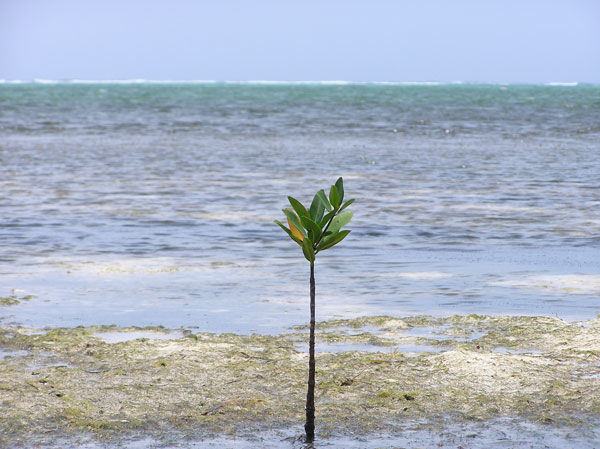 EPIC will be planting Red Mangroves along Little Key and other parts of the Simpson Bay lagoon this coming Thursday July 19th with the support of Isle de Sol marina, volunteers, St. Maarten Pride Foundation and Nature Foundation. The Foundation is hereby asking volunteers to join this effort to replant mangroves. Meeting point is the entrance to Isle de Sol Marina on Thursday July 19th at 8:30am. Those attending are asked to wear slippers, boots or old shoes as "we will be getting a little wet!" . Everyone is invited to participate in this small but important event!!! For information about the event, contact EPIC at 5453009 or visit our facebook page at www.facebook.com/epicislands
EPIC will be planting Red Mangroves along Little Key and other parts of the Simpson Bay lagoon this coming Thursday July 19th with the support of Isle de Sol marina, volunteers, St. Maarten Pride Foundation and Nature Foundation. The Foundation is hereby asking volunteers to join this effort to replant mangroves. Meeting point is the entrance to Isle de Sol Marina on Thursday July 19th at 8:30am. Those attending are asked to wear slippers, boots or old shoes as "we will be getting a little wet!" . Everyone is invited to participate in this small but important event!!! For information about the event, contact EPIC at 5453009 or visit our facebook page at www.facebook.com/epicislands
The Foundation extends its gratitude to Mr. Parker Davis of Florida Coastal Mangroves for the generous donation of some 100 mangroves.
Mangrove ecosystems have significant ecological, environmental and socio-economic functions and values. Mangrove communities usually occur in sheltered shores and in areas where sediment is gradually trapped forming mud banks. In short, the functions of mangroves include:
- Soil formation by trapping debris;
- Filtering land run-off and trapping terrestrial organic matter;
- Maintenance of coastal water quality;
- Shoreline protection
- Nursery areas and feeding grounds for juvenile reef and pelagic (deep sea) fish;
- Important habitat and feeding grounds for a range of other marine animals.
Four species of mangroves can be found on the shorelines of the Simpson Bay Lagoon: Red Mangrove (Rhizophora mangle), Black Mangrove (Avicennia germinans), White Mangrove (Laguncularia racemosa) and Button Wood (Conocarpus erecta). Red mangrove is easily recognized by its distinctive arching roots. Black mangrove, which often grows more inland, has root projections called pneumatophores, these snorkel like roots help to supply the plant with air in submerged soils. White mangroves often grow even further inland with no outstanding root structures. Button Wood grows in the higher laying areas behind the mangrove stands surrounding the lagoon. Compared to the rest of the Simpson Bay Lagoon, the Mullet Bay Pond area and parts of the French side of the lagoon house a fairly high density of Mangroves.